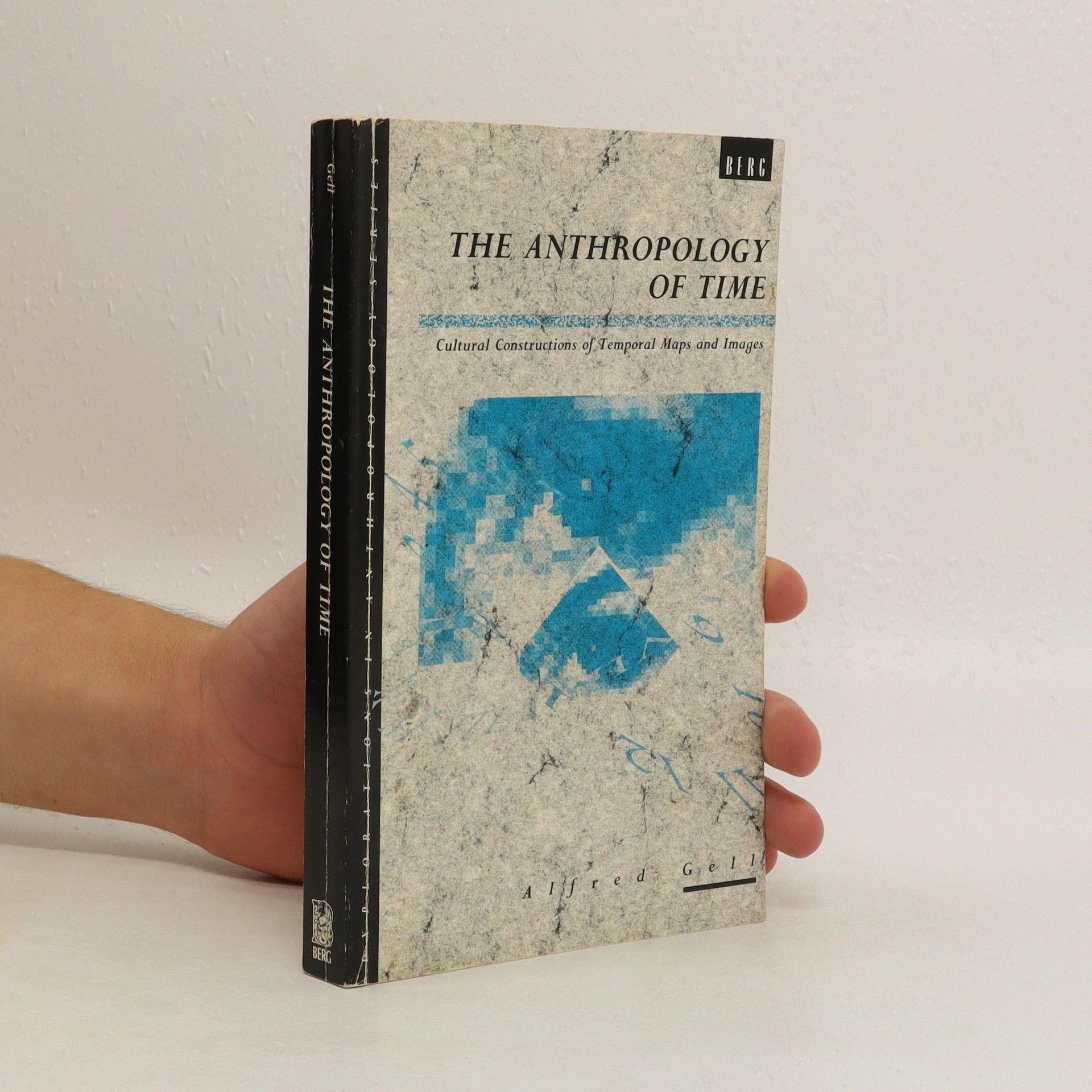Alfred Gell presents an anthropological theory of visual art that emphasizes the importance of social context in the creation, distribution, and interpretation of art. He argues that art-objects can act as substitutes for individuals, facilitating social agency within specific contexts. This approach highlights the interconnectedness of social relationships and the role of art in mediating these interactions, offering a fresh perspective on the significance of visual art in society.
Alfred Gell Livres



The collection showcases influential essays by Gell, highlighting his unique contributions to anthropology. A central theme is his innovative exploration of diagrammatic imagery, where social relations and cognitive processes intersect. The essays cover a range of topics, including tribal market transactions, dance forms, the iconicity of language, and Gell's groundbreaking analyses of artworks, reflecting his theoretical and empirical interests in contemporary anthropological inquiry.
The anthropology of time: cultural constructions of temporal maps and images
- 341pages
- 12 heures de lecture
Time - relentless, ever-present but intangible and the single element over which human beings have no absolute control - has long proved a puzzle. The author examines the phenomenon of time and asks such fascinating questions as how time impinges on people, to what extent our awareness of time is culturally conditioned, how societies deal with temporal problems and whether time can be considered a `resource' to be economized. More specifically, he provides a consistent and detailed analysis of theories put forward by a number of thinkers such as Durkheim, Evans-Pritchard, Lévi-Strauss, Geertz, Piaget, Husserl and Bourdieu. His discussion encompasses four main approaches in time research, namely developmental psychology, symbolic anthropology (covering the bulk of post-Durkheimian social anthropology) `economic' theories of time in social geography and, finally, phenomenological theories. The author concludes by presenting his own model of social/cognitive time, in the light of these critical discussions of the literature.